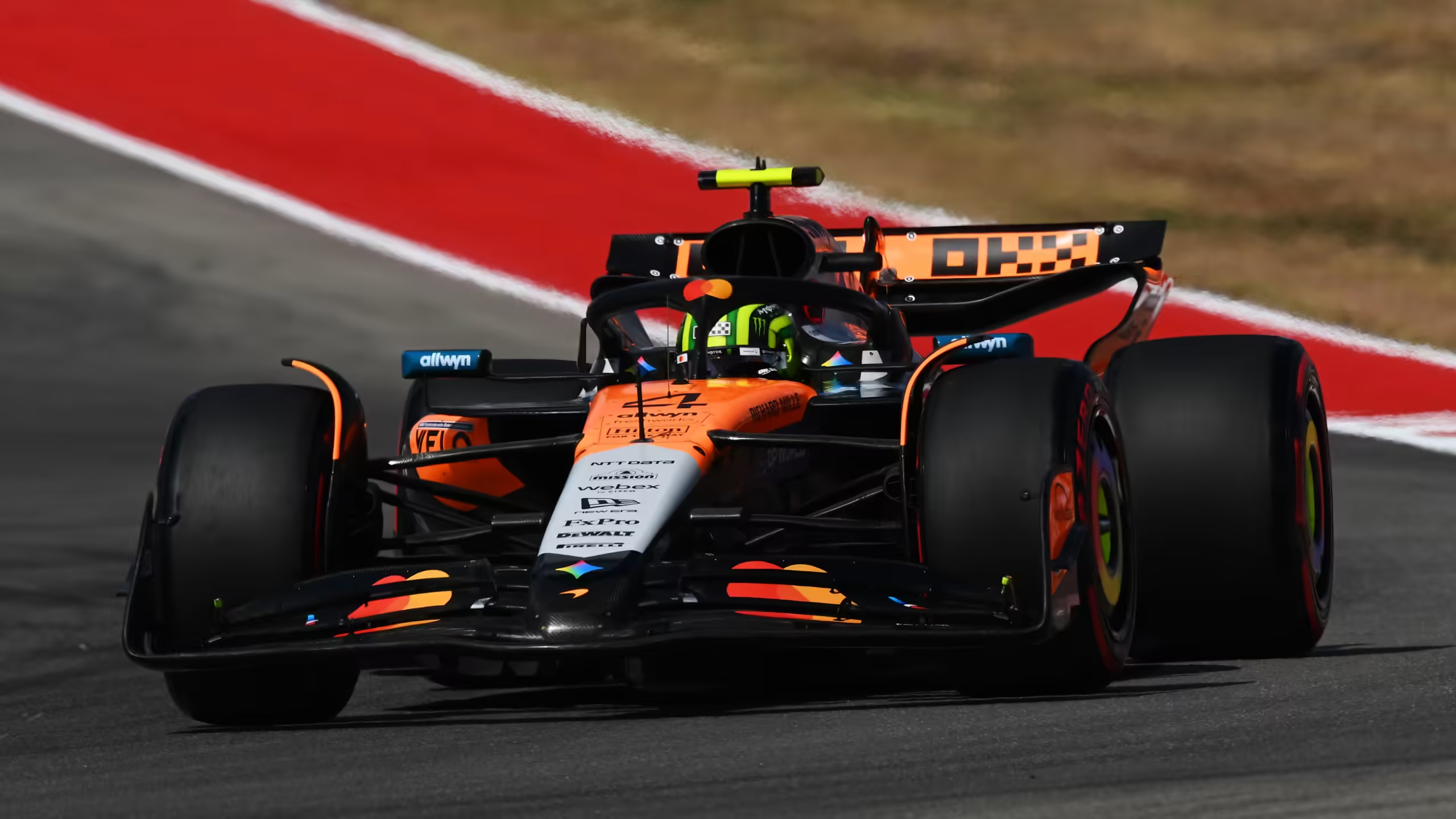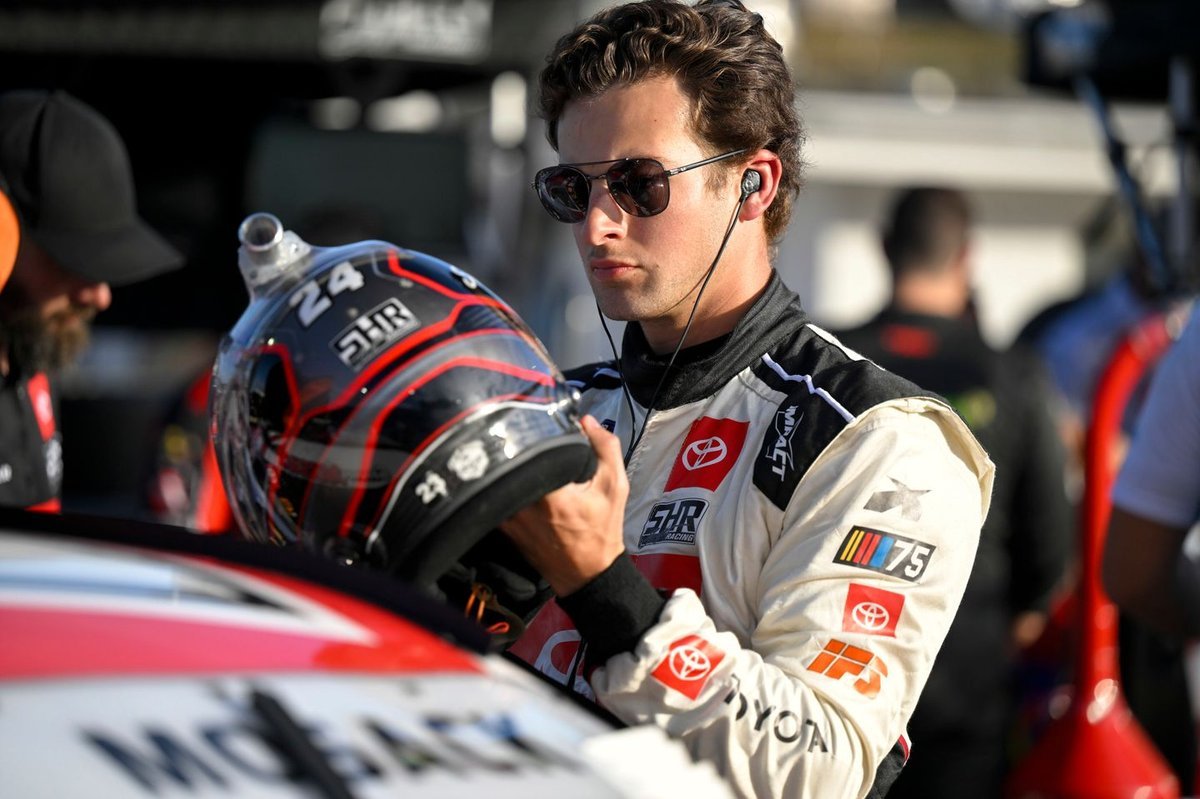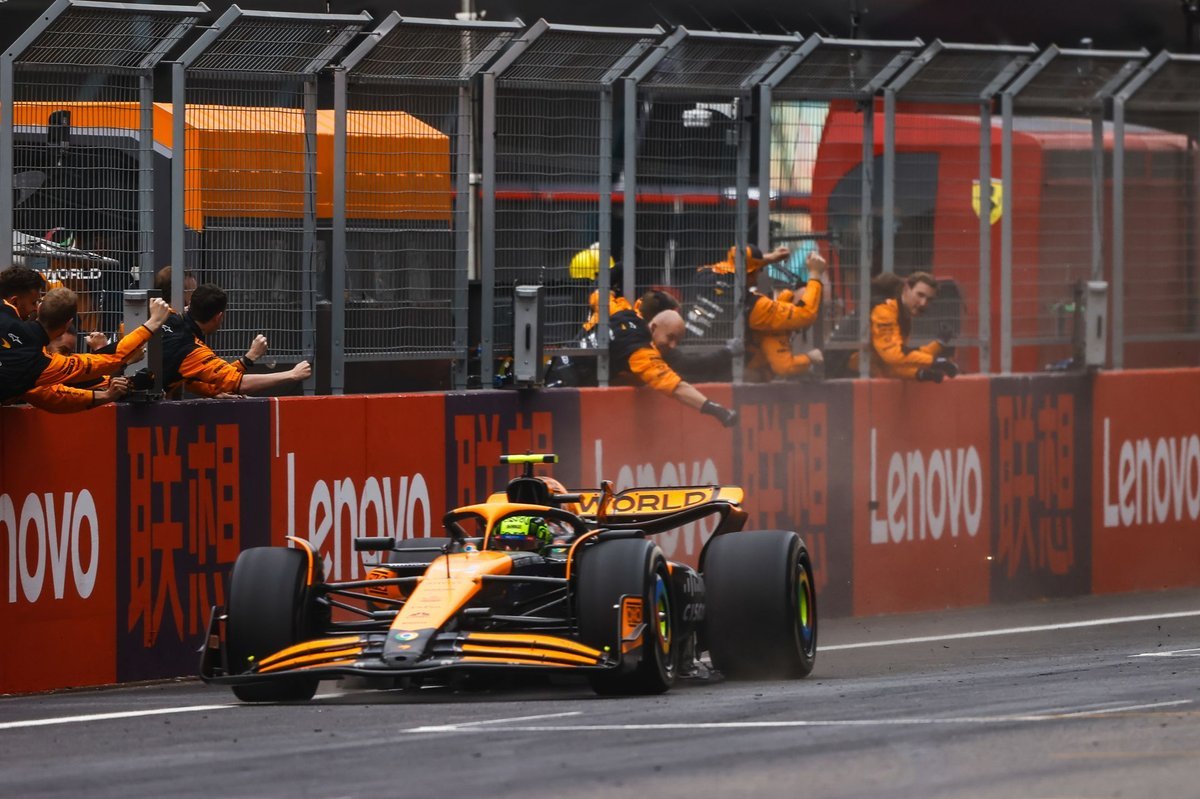
Discover how the F1 2026 regulation overhaul will change racing with new hybrid tech, sustainable fuels, and active aerodynamics. What if V10 engines made a comeback?
Introduction to the 2026 Power Unit Overhaul
Formula 1 is heading into a new era in 2026, bringing a host of changes that will redefine how teams approach speed, strategy, and sustainability. The upcoming F1 2026 regulation updates are set to balance power and efficiency while introducing exciting new features like an enhanced hybrid system, active aerodynamics, and fully sustainable fuels. But will these new regulations make racing more thrilling, or will fans still long for the roar of the old V10 engines? Let’s dive into the details.
Table of Contents
| Sr# | Headings |
|---|---|
| 1 | The Shift Towards Hybrid Power |
| 2 | More Power from Electric Motors |
| 3 | Introduction of ‘Override’ Boost |
| 4 | Sustainable Fuels and Net-Zero Goals |
| 5 | Active Aerodynamics: A Game Changer? |
| 6 | Lighter, More Agile Cars |
| 7 | The Return of Audi & Ford to F1 |
| 8 | Challenges for Teams and Engineers |
| 9 | Will Fans Miss the V10 Era? |
| 10 | Conclusion: A New Era or a Step Back? |
The Shift Towards Hybrid Power
Gone are the days when F1 engines were purely about raw combustion power. The 2026 power units will continue with the 1.6L V6 turbocharged engine, but the power balance is shifting. While the internal combustion engine (ICE) output will drop from 550kW to 400kW, the electrical components will be supercharged, increasing their contribution from 150kW to 350kW.
More Power from Electric Motors
Think of it like a hybrid supercar—except at 350 km/h! The greater reliance on electric power means cars will need to manage energy efficiency better. This change aligns with F1’s commitment to sustainability while ensuring performance isn’t compromised.
Introduction of ‘Override’ Boost
If you loved the drama of KERS in the early 2010s, get ready for the ‘override’ boost. This feature allows drivers to deploy extra electrical energy, much like a turbo button in video games. The boost can be used strategically for overtaking, offering an extra kick that could make or break a race.
Sustainable Fuels and Net-Zero Goals
F1 is taking another giant leap towards sustainability by mandating fully synthetic fuels. Unlike traditional fossil fuels, these will be derived from non-food biomass, waste, or even direct air capture. The goal? A completely net-zero carbon footprint by 2030.
Active Aerodynamics: A Game Changer?
Active aero is coming! The 2026 cars will feature a system that dynamically reduces drag on straights, making them faster and more energy-efficient. Imagine wings that adjust mid-race to optimize performance—this could revolutionize overtaking strategies.
Lighter, More Agile Cars
Weight has been a long-standing issue in F1, with modern hybrid cars becoming bulkier over the years. The 2026 cars will be 30kg lighter, 10cm narrower, and 20cm shorter—essentially returning to a more nimble design that should enhance close racing.
The Return of Audi & Ford to F1
With new regulations come new competitors. Audi is officially entering F1 as an engine supplier for Sauber (future Audi F1 Team), while Ford is partnering with Red Bull Powertrains. The increased emphasis on hybrid technology has attracted these manufacturers back to the grid.
Challenges for Teams and Engineers
While these changes sound exciting, they also bring complexity. Teams must adapt to new power distribution dynamics, manage energy deployment efficiently, and optimize aerodynamics in a radically different setup. Expect some early-season struggles as teams adjust.
Will Fans Miss the V10 Era?
Many fans still dream about the high-revving V10 engines of the early 2000s. While the new hybrid systems bring efficiency and sustainability, they lack the visceral sound and sheer mechanical aggression of the V10s. Could we ever see a return? Probably not—but that won’t stop fans from reminiscing.
Conclusion: A New Era or a Step Back?
F1’s 2026 regulation overhaul is a bold step into the future, emphasizing sustainability, efficiency, and performance. While traditionalists may mourn the loss of pure ICE power, the sport continues evolving to stay relevant in a changing world. The real question is: will these changes make F1 more competitive and thrilling, or will nostalgia for the V10 days linger? Time will tell.
FAQs
1. Why is F1 increasing the use of electric power in 2026?
F1 is moving towards sustainability and efficiency. The 2026 regulations aim to balance performance with environmental responsibility by increasing the electric motor’s contribution while maintaining the excitement of racing.
2. What is the ‘override’ boost system?
It’s a feature that allows drivers to deploy extra electrical power at crucial moments, similar to how KERS worked in the past. This should make overtaking and defending more strategic and exciting.
3. Will V10 engines ever return to Formula 1?
Unlikely. While fans love the sound and raw power of V10s, F1 is committed to sustainability, and V10s don’t fit that vision. However, advances in synthetic fuels could bring back some of that classic engine character in the future.
4. How will active aerodynamics impact racing?
Active aero will allow cars to reduce drag on straights, making them faster and more efficient. This should improve racing dynamics, making overtakes more tactical.
5. Which manufacturers are joining F1 in 2026?
Audi is entering F1 as an engine supplier for Sauber, and Ford is teaming up with Red Bull Powertrains. These new entries show F1’s increasing appeal to automotive giants focusing on hybrid technology.
The 2026 F1 regulations are set to redefine the sport. While we may not hear the roar of V10s again, the new era promises a mix of innovation, sustainability, and high-speed drama. Buckle up—it’s going to be an exciting ride!













